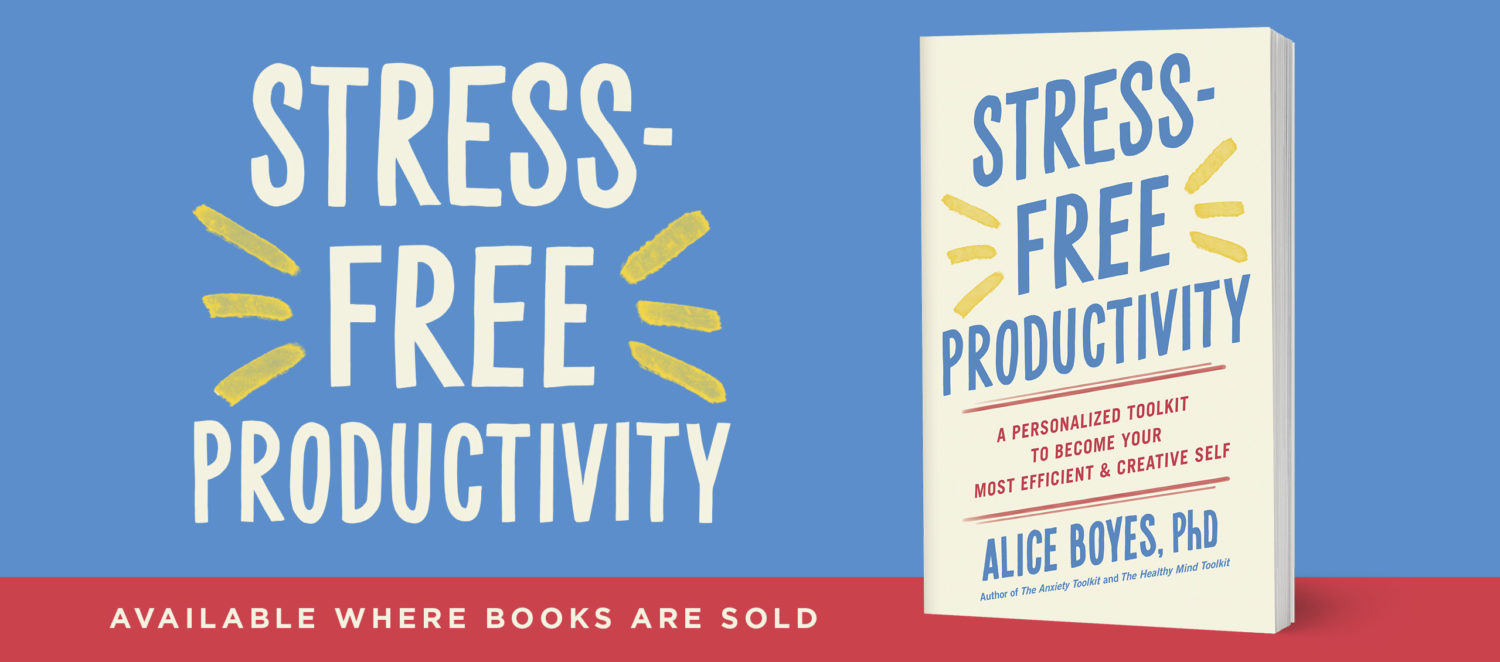The Development of Healthy Emotion Regulation Skills
Here’s a basic explanation of emotion regulation development that I quite often give to clients.
How people learn emotion regulation is that as children, at first, our parents regulate our emotions. For example, a child scrapes their knee, gets a fright and hurt, and their parent soothes them.
When children get older they end up scraping knees at school or at friends’ houses. Their parents are not around and so the child has to figure out how to soothe their fright and hurt by themselves and/or by seeking out other adults to assist them to soothe themselves.
This way, we gradually learn how to self regulate more difficult and diverse emotional experiences. We also learn a sense of trust in relationships and other people.
Sometimes children have experiences that are too overwhelming for them to self regulate and the adults around them can’t help the child in the way the child needs to be helped.
This can result in a sense of trauma, mistrust, and/or the child’s healthy emotion regulation development can become disrupted. As a result, the person might develop problems during their childhood, adolescence or adulthood. These problems can be related to emotions, behaviour or relationships.
Sometimes a child’s emotion regulation development gets disrupted because of abuse or because a parent can’t/doesn’t behave in an emotionally responsive way for some reason. However, child temperament and what psychology PhDs call “parent-child fit” are also important. Some children (e.g. anxious children) need special help with emotion regulation that’s a bit different from what other kids need. A parent might struggle to know how to meet the emotion regulation learning needs of their particular child.



